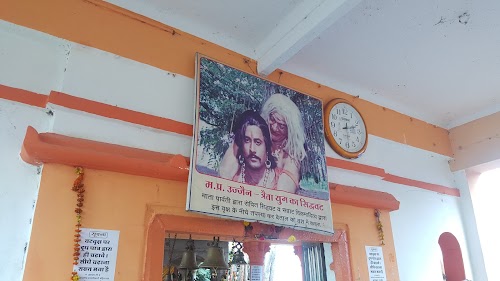
Siddhavat
Ujjain, India
- Explore the ghats along the river
- Meditate in a peaceful environment
- Observe local religious practices
- Offer prayers at the Siddhavat tree
- Perform rituals for departed souls
- Take a dip in the Shipra River
Known for:
Description:
Siddhavat is a revered banyan tree located on the banks of the Shipra River in Ujjain. It holds significant religious importance, particularly for performing rituals related to departed souls. The tree itself is considered sacred, and devotees often tie threads around its branches, seeking blessings and fulfillment of their wishes. The serene atmosphere and the spiritual aura of the place attract a large number of pilgrims and tourists throughout the year. The ghats near Siddhavat are also used for various religious ceremonies and provide a peaceful space for contemplation. It's a place where faith and nature intertwine, offering a unique experience to visitors. Photography is allowed but being mindful of religious sentiments is crucial.
History:
The history of Siddhavat is deeply intertwined with Hindu mythology and local legends. It is believed that the original banyan tree was a wish-fulfilling tree (Kalpavriksha) that provided shelter and sustenance to sages and devotees. Over time, the tree withered, but a new banyan tree sprouted from its roots, continuing the legacy of the sacred site. During the Mughal era, the original tree was destroyed, but it was later revived by the Scindia rulers. The present-day tree is a testament to the enduring faith and resilience of the local community. The site has been a significant pilgrimage destination for centuries, attracting devotees seeking solace and spiritual guidance.